source: editor:Zhang Wenni
On June 14, China's National Cultural Heritage Administration announced a new batch of 10 National Archaeological Heritage Parks. Among them is the Xianyang Palace of Qin Dynasty National Archaeological Heritage Park, located in Shaanxi Province. With this announcement, a total of 65 National Archaeological Heritage Parks have been approved. Shaanxi Province now has 8 of these parks, which are as below:
Hanyangling National Archaeological Heritage Park
Mausoleum of the First Qin Emperor National Archaeological Heritage Park
Daming Palace National Archaeological Heritage Park
Weiyang Palace of Han Chang'an City National Archaeological Heritage Park
Shimao National Archaeological Heritage Park
Tongwan City National Archaeological Heritage Park
Qianling Mausoleum National Archaeological Heritage Park
Xianyang Palace of the Qin Dynasty National Archaeological Heritage Park
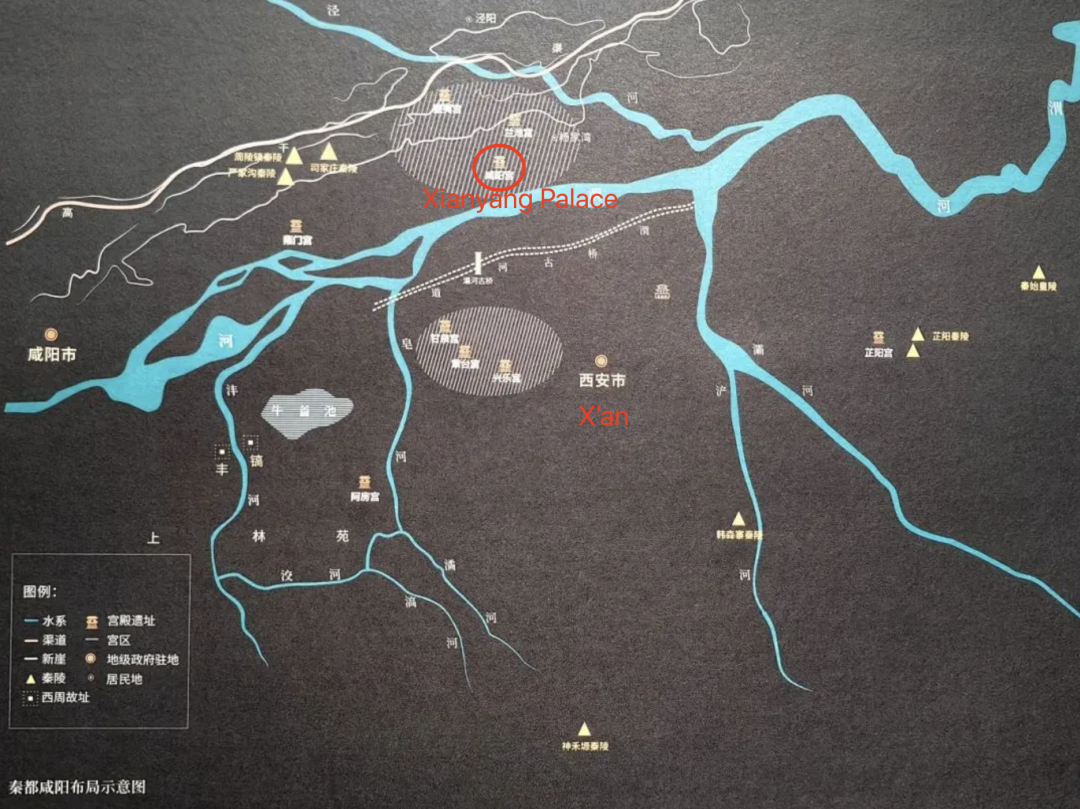
The Ruins of Xianyang City during the Qin Dynasty, now located in the Xixian New Area of Xi'an in Shaanxi Province, date back to the period between 350 BC and 206 BC. This site served as the capital of the State of Qin during the Warring States period and the unified Qin Dynasty. The ruins provide valuable insights into the evolution of Qin from a regional state to a kingdom and ultimately an empire. They hold significant importance for studying the history of capital planning and ancient architecture in China.
As the capital site of Qin from the Warring States to its imperial era, the ruins of Xianyang City span both banks of the Weihe River. Precious relics unearthed here—including building components, murals, weapons, and ritual vessels—are crucial for researching ancient Chinese capital planning, architectural history, and smelting techniques.
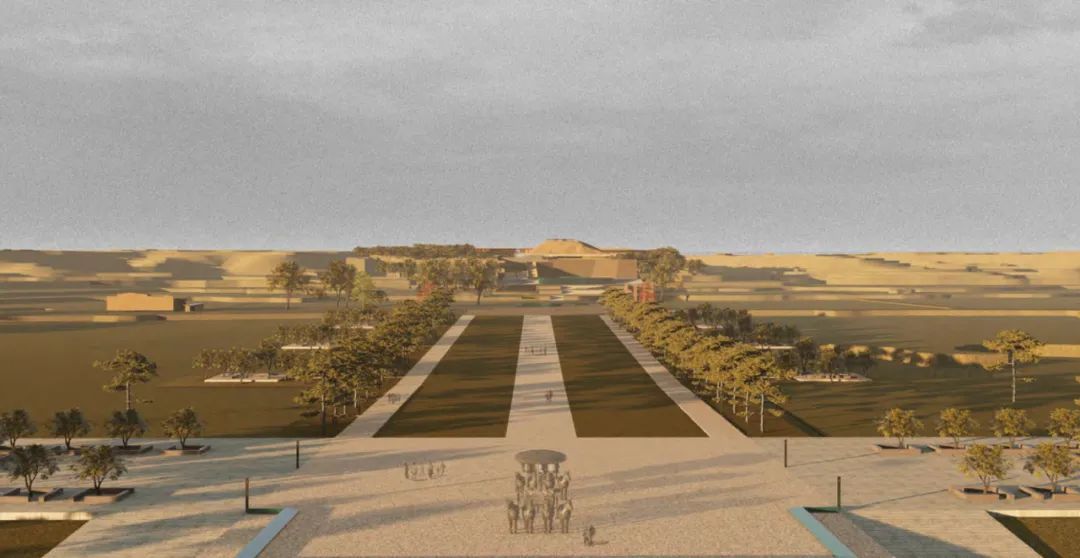
The ruins of Palace No.6, about 700 meters east of the Xianyang Palace of Qin Heritage Museum, are the largest known architectural complex in the palace area of Xianyang City during the Qin Dynasty. Possibly the imperial administrative hall of the Qin Dynasty, its location, scale, and height embody the grandeur of the Qin Dynasty and characteristics of Qin culture.
How about taking a one-day tour of the royal palace?
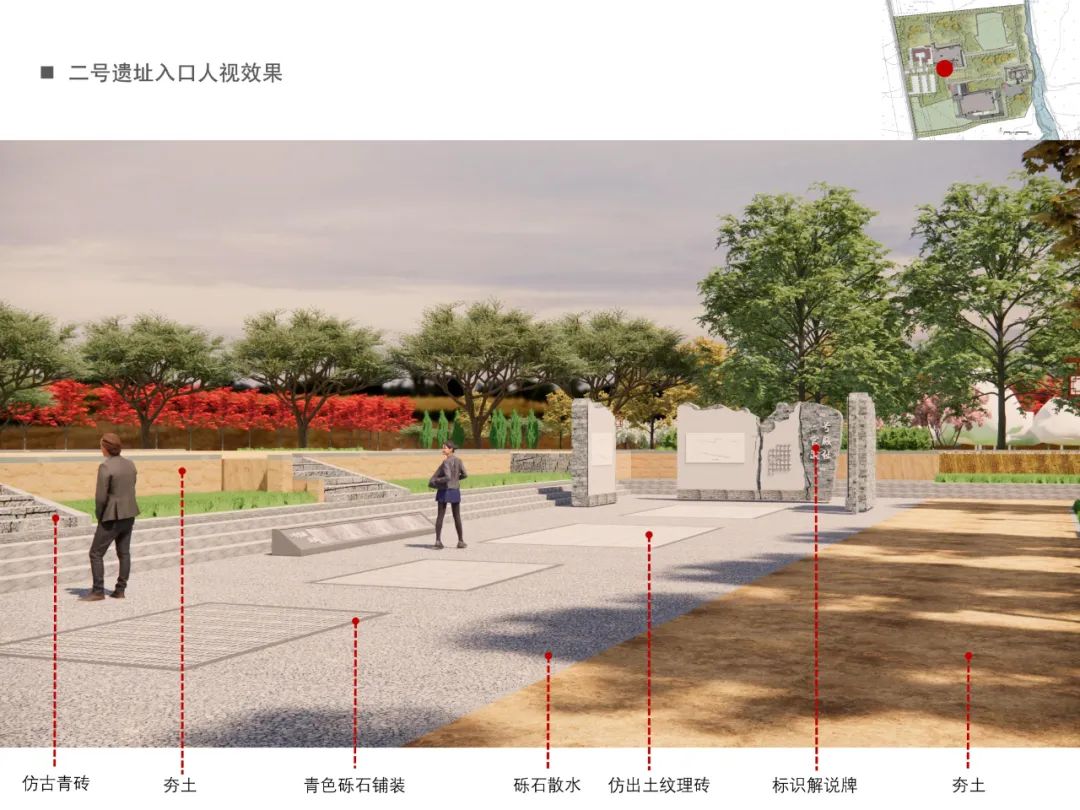
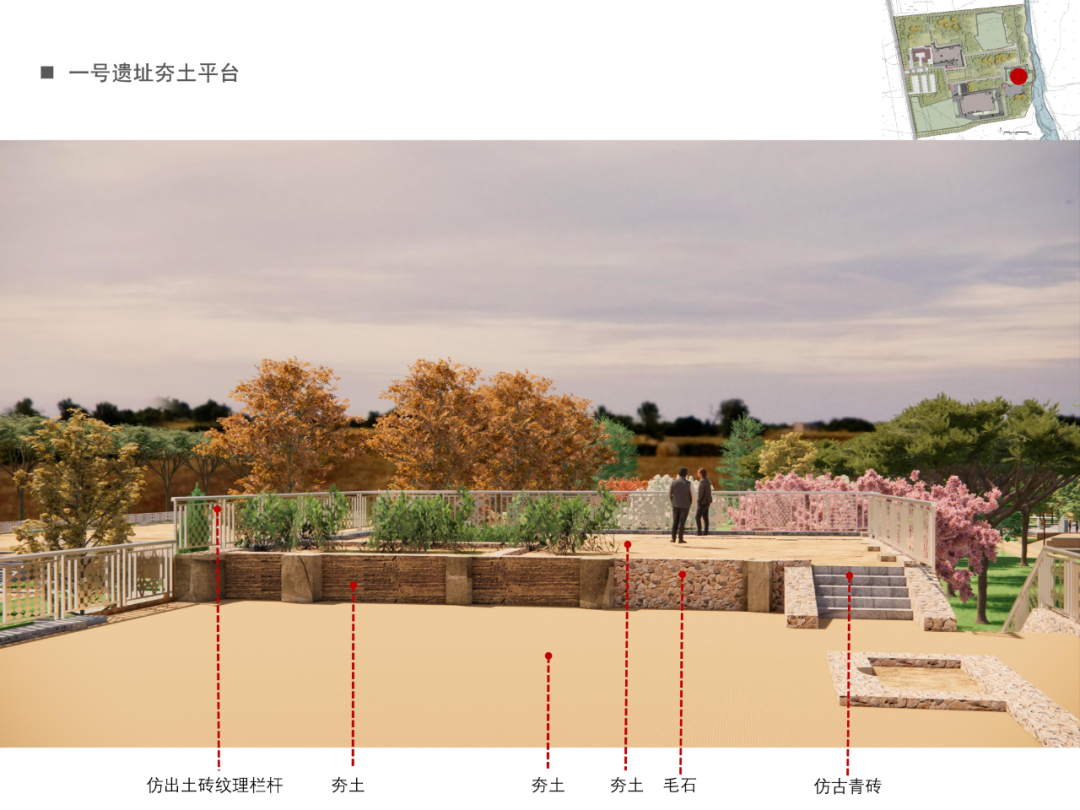
The protection and exhibition projects for Palaces No.1, 2, 3, and 5 of Xianyang Palace focus on themes like Qin people's production and lifestyle, palace layout, architectural features, art, culture, and archaeological science popularization, highlighting the characteristics of Qin culture.
Areas in the park that are open to the public
Currently, the Xianyang Palace of the Qin Dynasty National Archaeological Heritage Park covers approximately 140 hectares. It features core cultural attractions and popular sites, including the Xianyang Palace of Qin Dynasty Heritage Museum, Qin-Han Branch of Shaanxi History Museum, Great Qin Civilization Park, and Great Han Purple Path.

Xianyang Palace of Qin Dynasty Heritage Museum
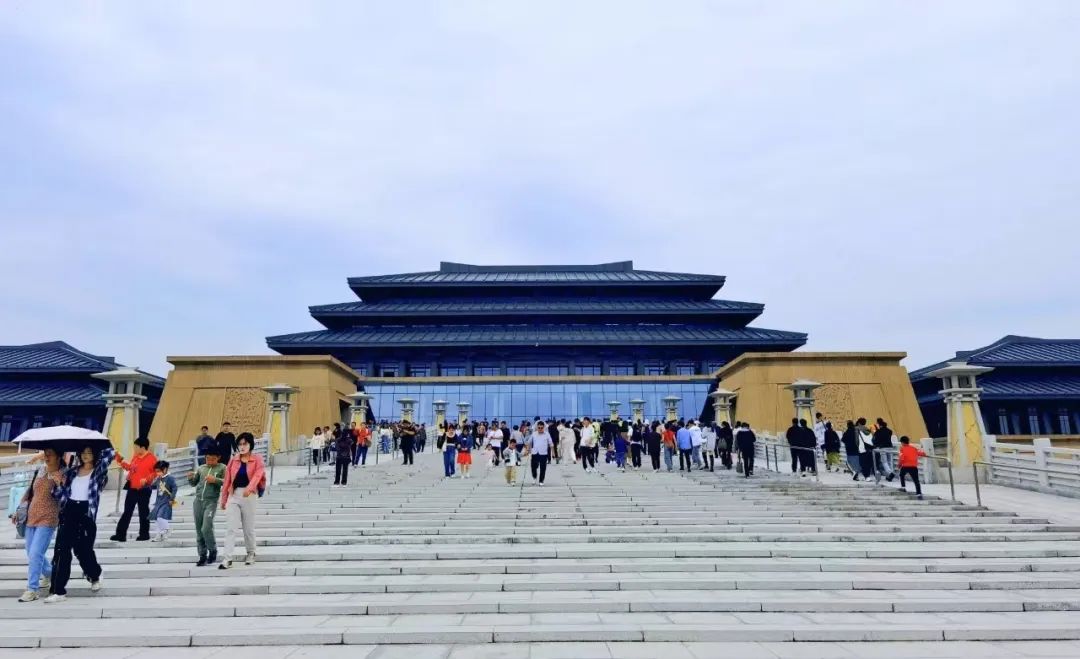
Qin-Han Branch of Shaanxi History Museum
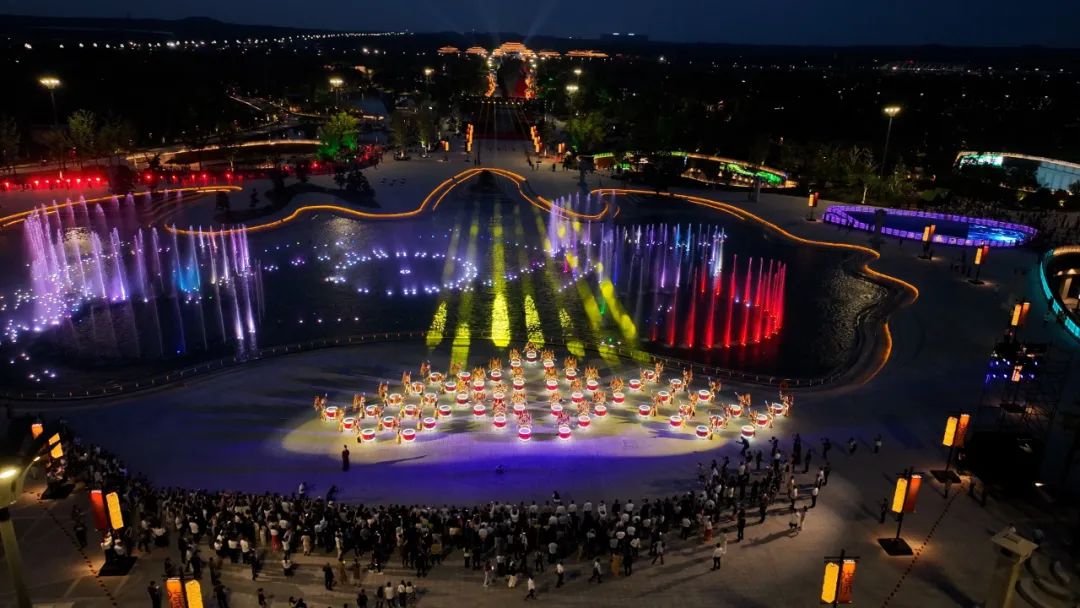
Great Qin Civilization Park
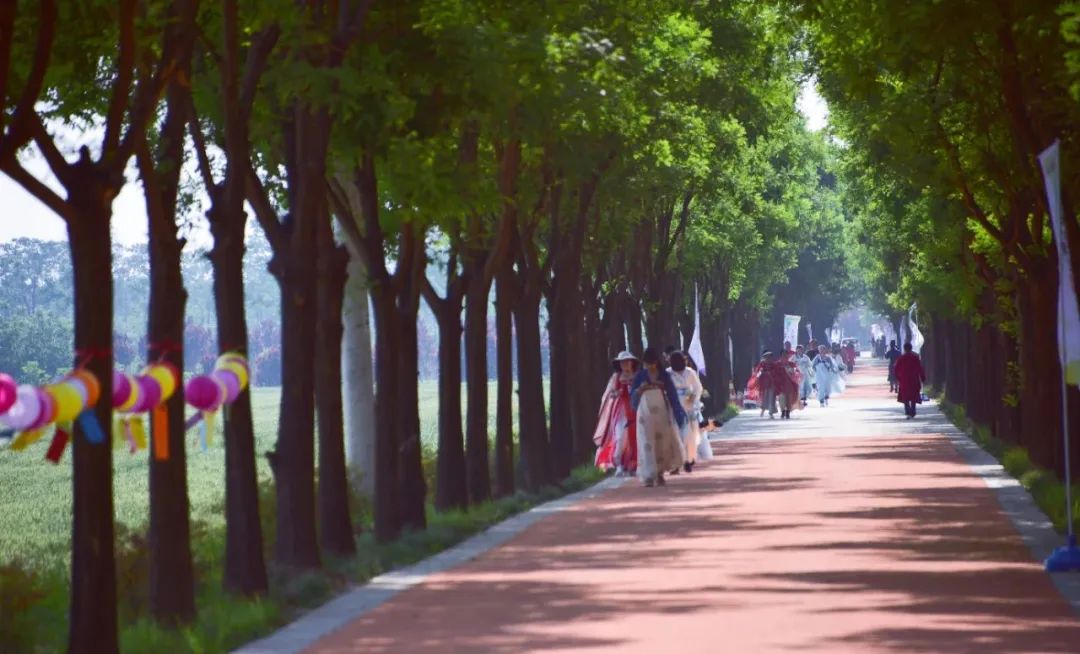
"Great Han Purple Path" Cultural Relics Themed Trail
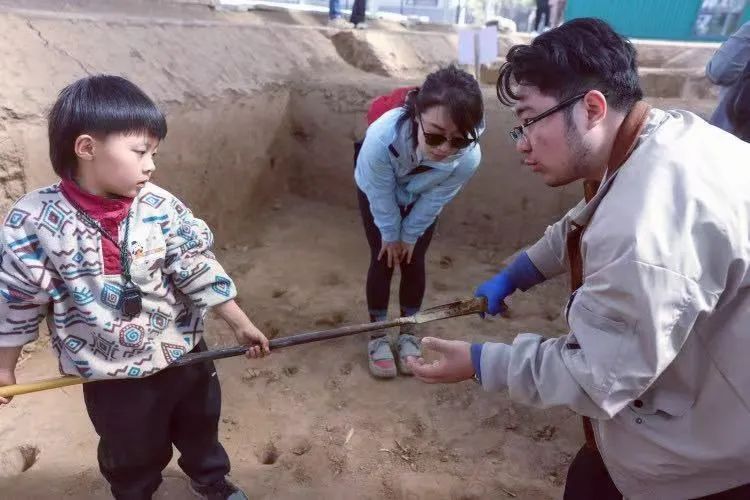
Qin-Han Archaeological Base
How magnificent were the palaces of the Great Qin? What did the First Emperor of Qin's "office" look like? As the park's construction progresses, the mysterious veil will be gradually lifted.